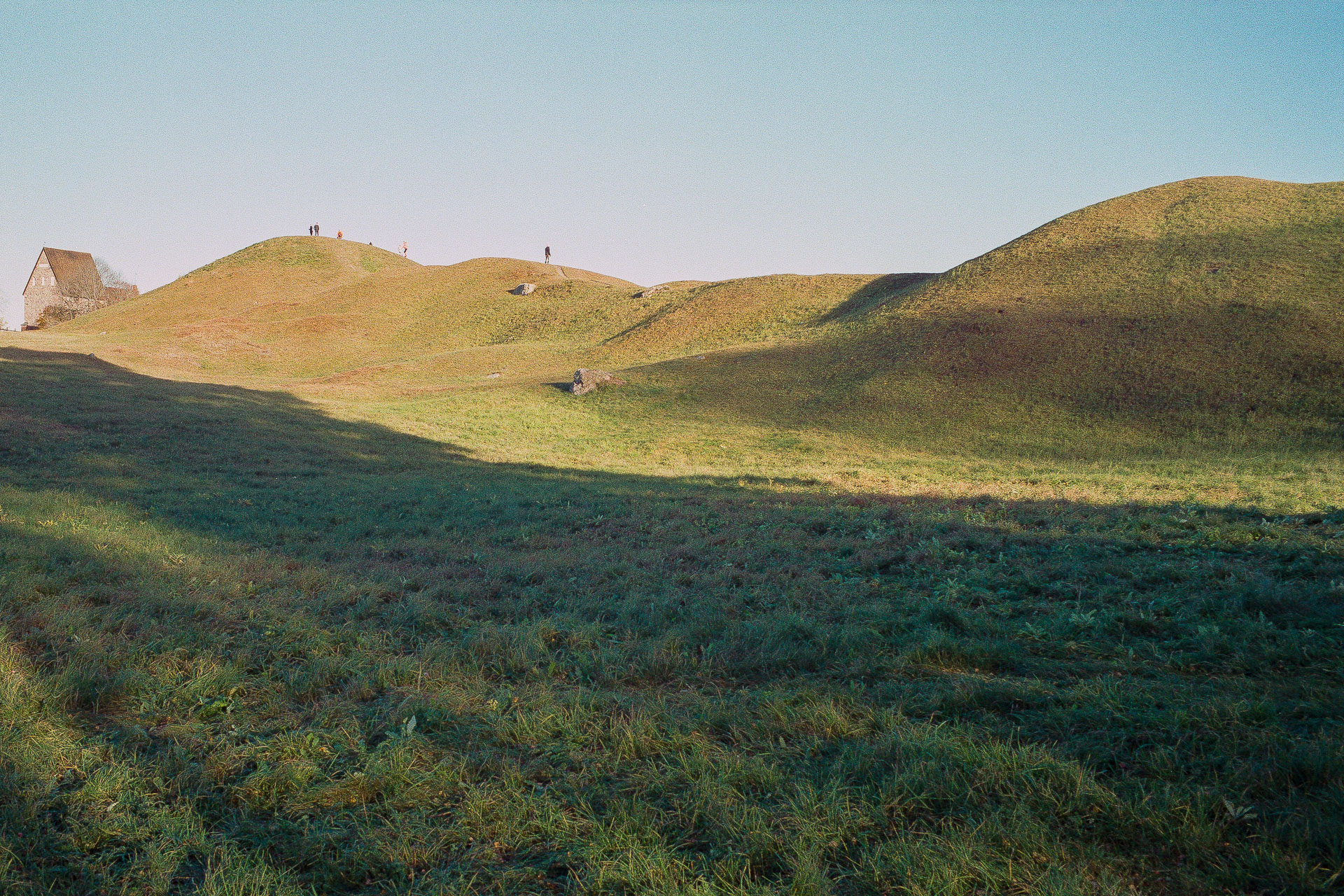
The Royal Mounds at Gamla Uppsala
This might be as good a time as any I think to myself. I must’ve passed the exit a hundred times. Heading north at highway speeds, taking the usual route to our country house I realise that I need to decide quickly. No time like the present – I switch the turn signal on, pull off the main road and head west.
Gamla Uppsala is one of the most significant historical sites in Sweden and despite driving just by it every time we’ve headed to our country house it’s taken until now to actually pay it a visit.

The Royal Mounds at Gamla Uppsala
Ever since getting into the M-mount system there’s been one lens I’ve been more keen on trying than any other – the Summicron 35/2. Especially the aspherical version. However as I already had the focal length covered and that the investment the Summicron represents is pretty significant, I’ve been a bit reluctant to pull the trigger on one. Years passed and other lenses and focal lengths held my attention.
But after reviewing two 35’s back to back – the Voigtländer 35/2.5 & Zeiss ZM 35/2 – two excellent lenses, but both with some drawbacks, I began feeling the pull towards the Summicron again.
A waiting game began and before long a good used copy turned up. After years of longing glances I could call a Summicron 35 my own.

Leica Summicron 35 ASPH on M4-P
From as early as the third century Gamla Uppsala was one of the most important economical and political centres in Scandinavia. There’s a rich history and immense amounts of research that’s been made about the place. There’s lots to learn and find out.
Visiting some prehistoric sites can be a bit underwhelming. Often little remains of the past – perhaps an inscribed rock, sometimes foundations of old buildings; fascinating in their own right, but perhaps not awe-inspiring.
Gamla Uppsala isn’t the typical location though. A great number of artificial hills dot the landscape, a few of them truly gigantic. Known as the Royal Mounds these burial sites from the 6th century can’t be missed. They almost defy distinction, straddling between monuments and landscape features.

Visiting today is astounding and almost surreal. It’s hard to imagine the awe that this place must’ve inspired in its heyday. That the entire surrounding area is incredibly beautiful as well doesn’t makes matters worse. And seeing the grounds so well visited and accessible to the general public is also quite amazing.
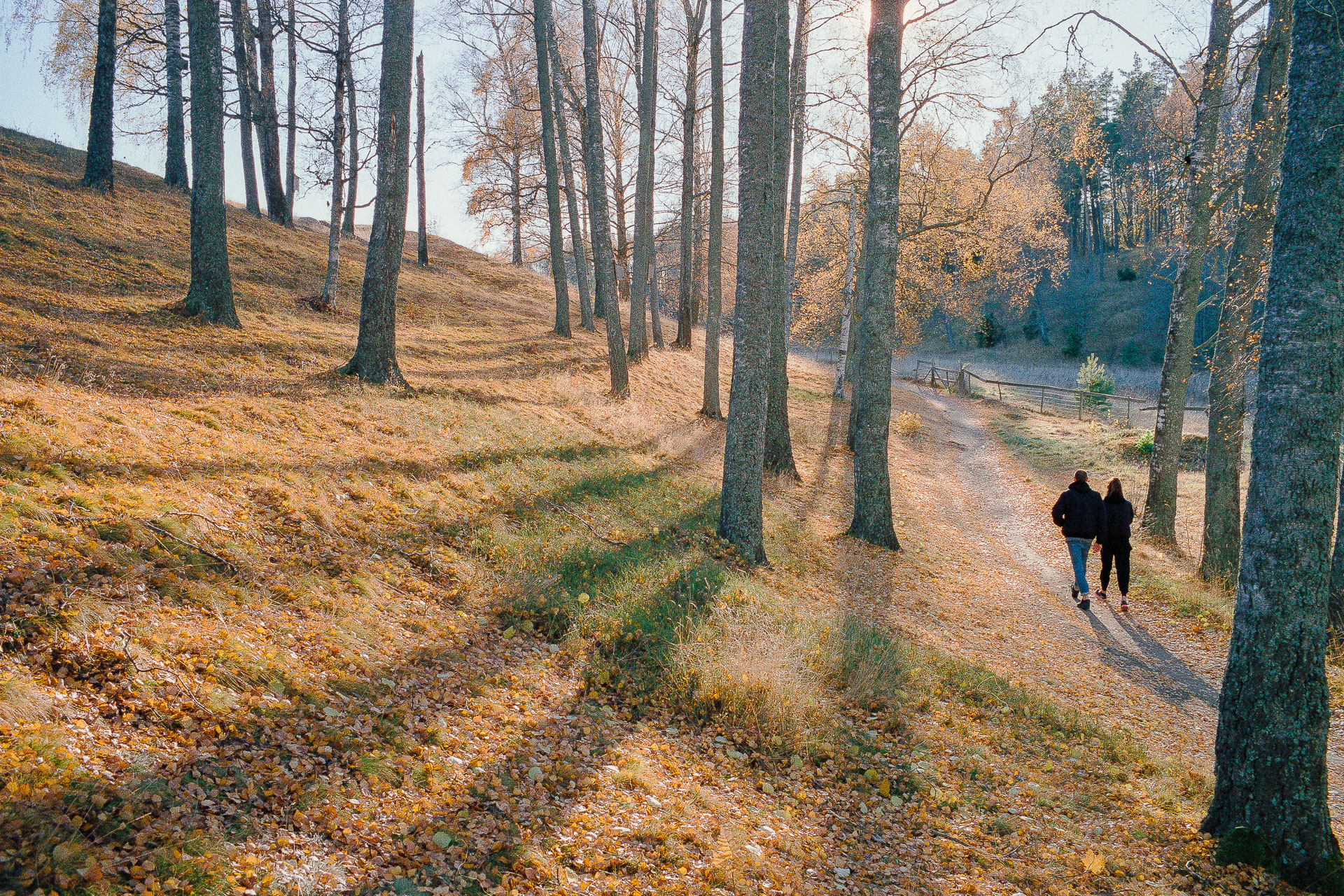
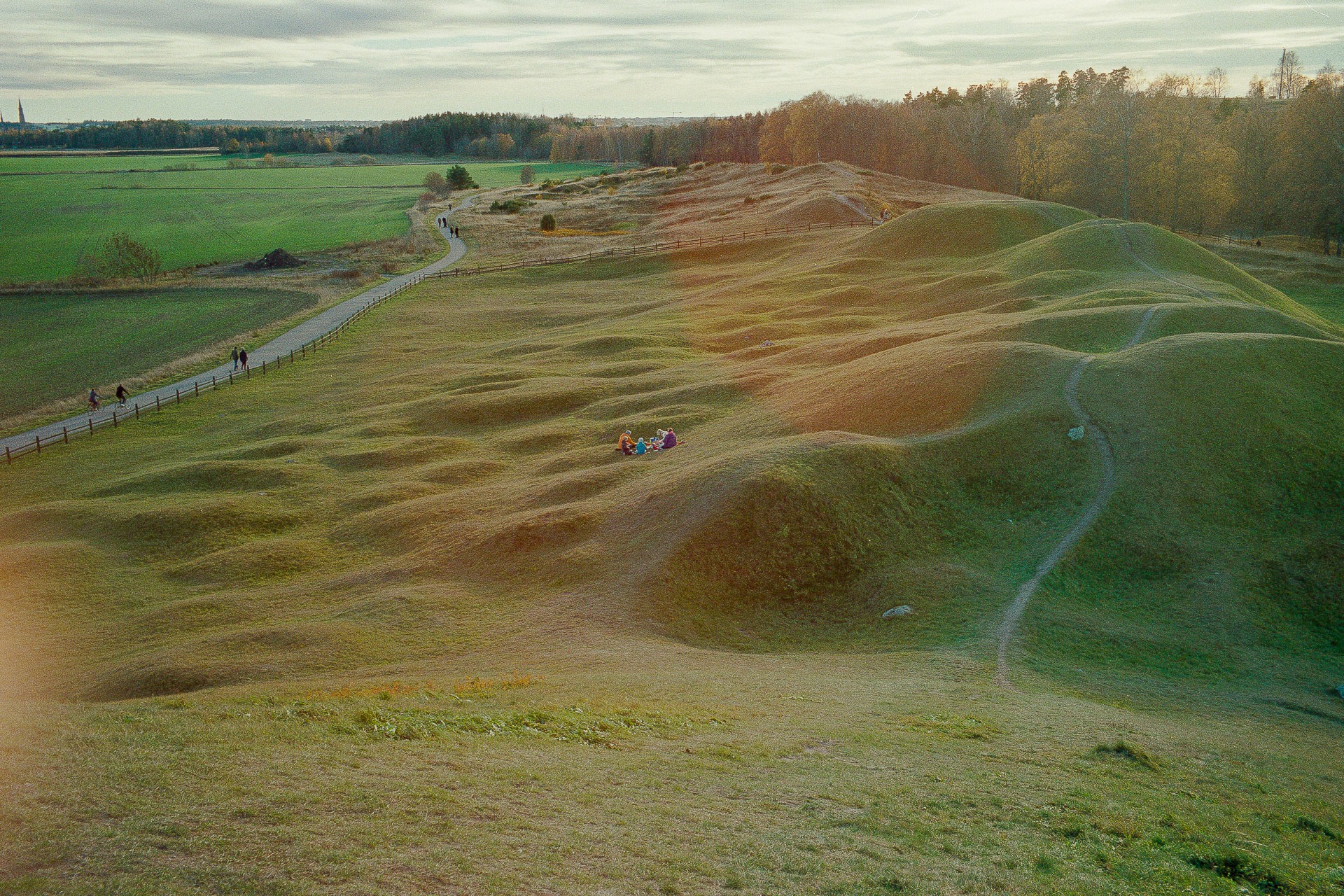
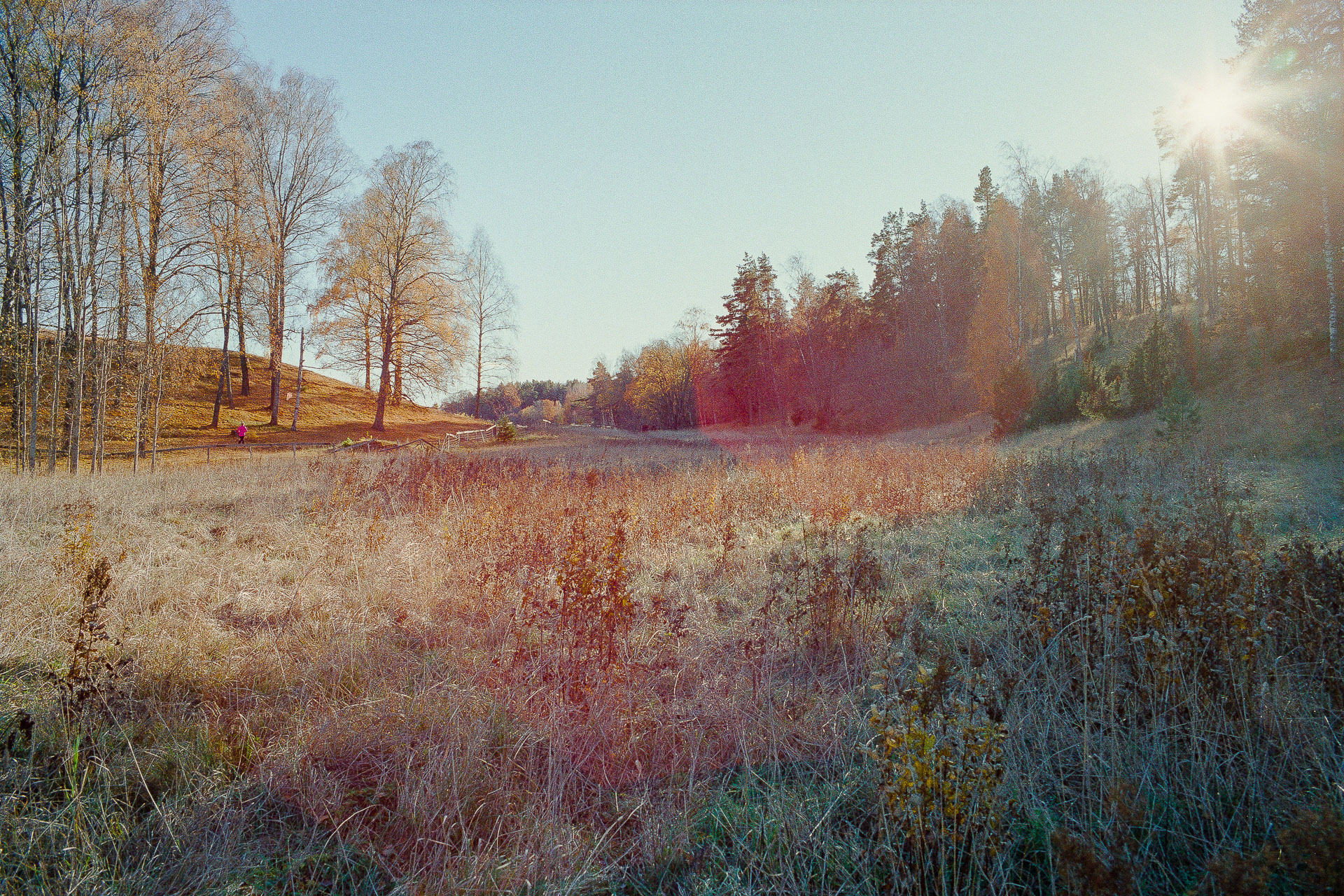
The reason for me to get the Summicron ASPH is less about one specific strength and more about what it offers as a whole. It has all the advantages of most of its peers and very few of their downsides. It’s small, high performing, well made and has perfect ergonomics. It also has a well integrated and very compact hood.

The hood is quite compact and doesn't intrude much into the viewfinder.
This first outing and my first roll through the Leica M4-P with it seems to corroborate this reasoning. So far it doesn’t have any of the minor annoyances I have with the other 35/40’s I’ve reviewed. It’s quite a bit more expensive and it’s not a given that it’s worth it for a lot of people, but at the very least you get something more refined for your money.
The only drawback I’ve discovered so far is one it shares with both the Summicron 28 and Summicron 50 V – a tendency to flare. It’s a bit worse than its peers from both Zeiss and Voigtländer in this regard. (See somewhat subtle examples above, or the quite apparent one below)
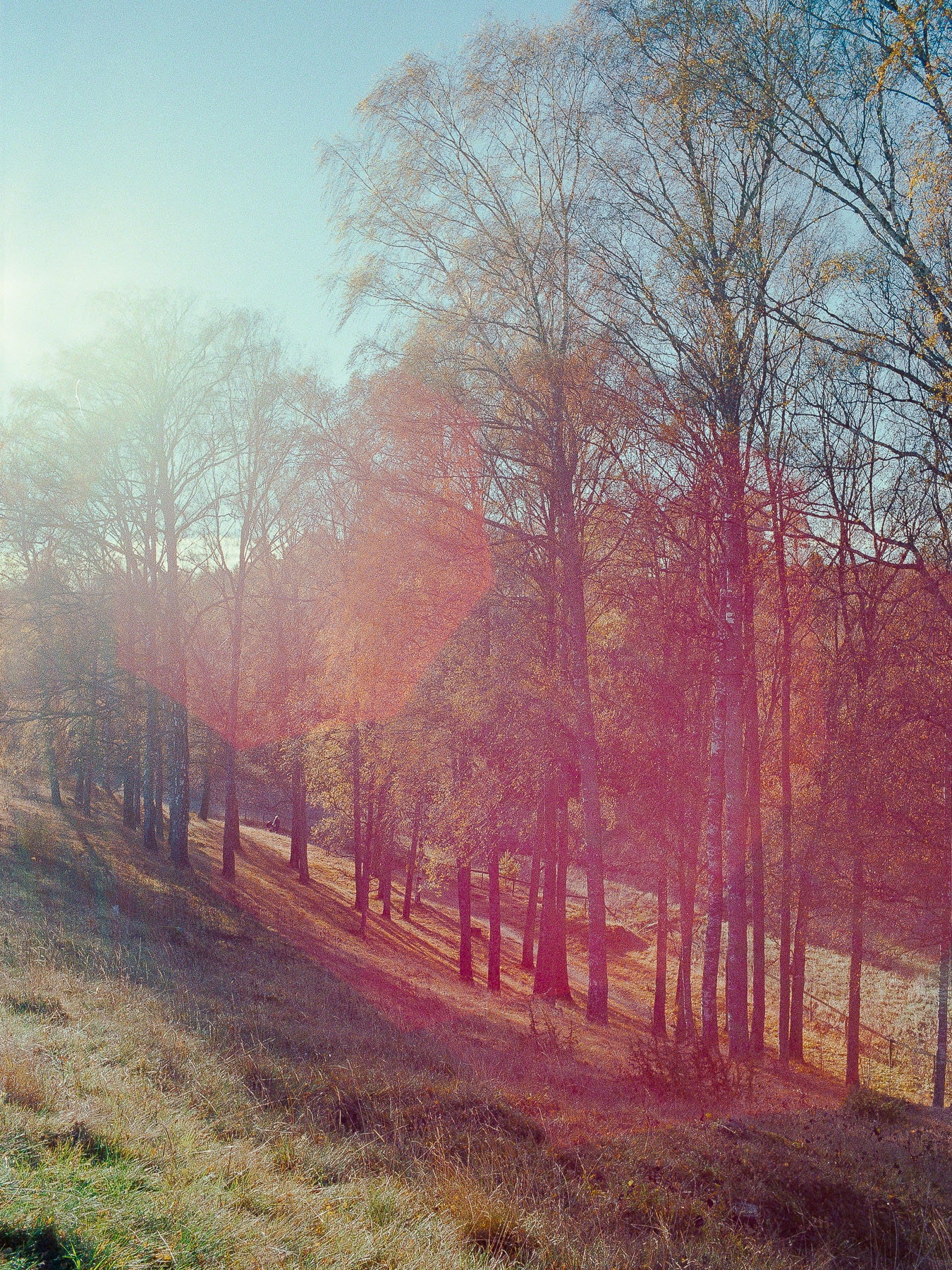
One of few flaws – the lens has a tendency to flare.
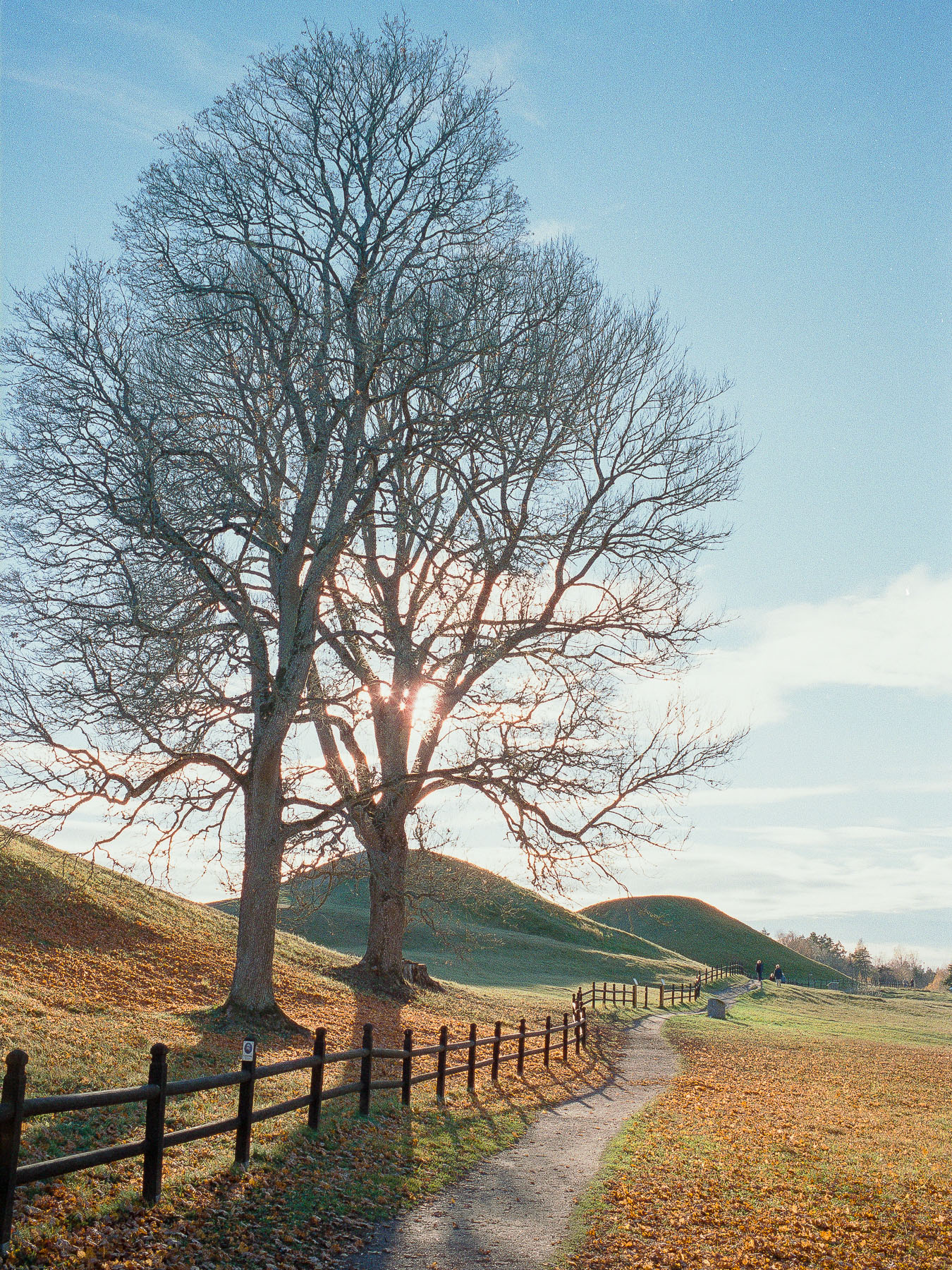
With slightly less challenging conditions it's less of an issue.
Fortunately it shares a lot of the strengths with the other Leica’s. The overall image quality is incredible – fantastic contrast and resolution as well as high saturation and subtle tonality. The planes are well defined and bokeh is among the better in its class. After reading numerous reviews that refer to it as clinical I was surprised to see how balanced it was – it still has a gentleness that I feel some highly corrected lenses can lack. Its rendering plays quite well with the Summicron 50 V, something that I hadn’t quite expected. Build quality and ergonomics are perfect.

Even the surroundings are beautiful.
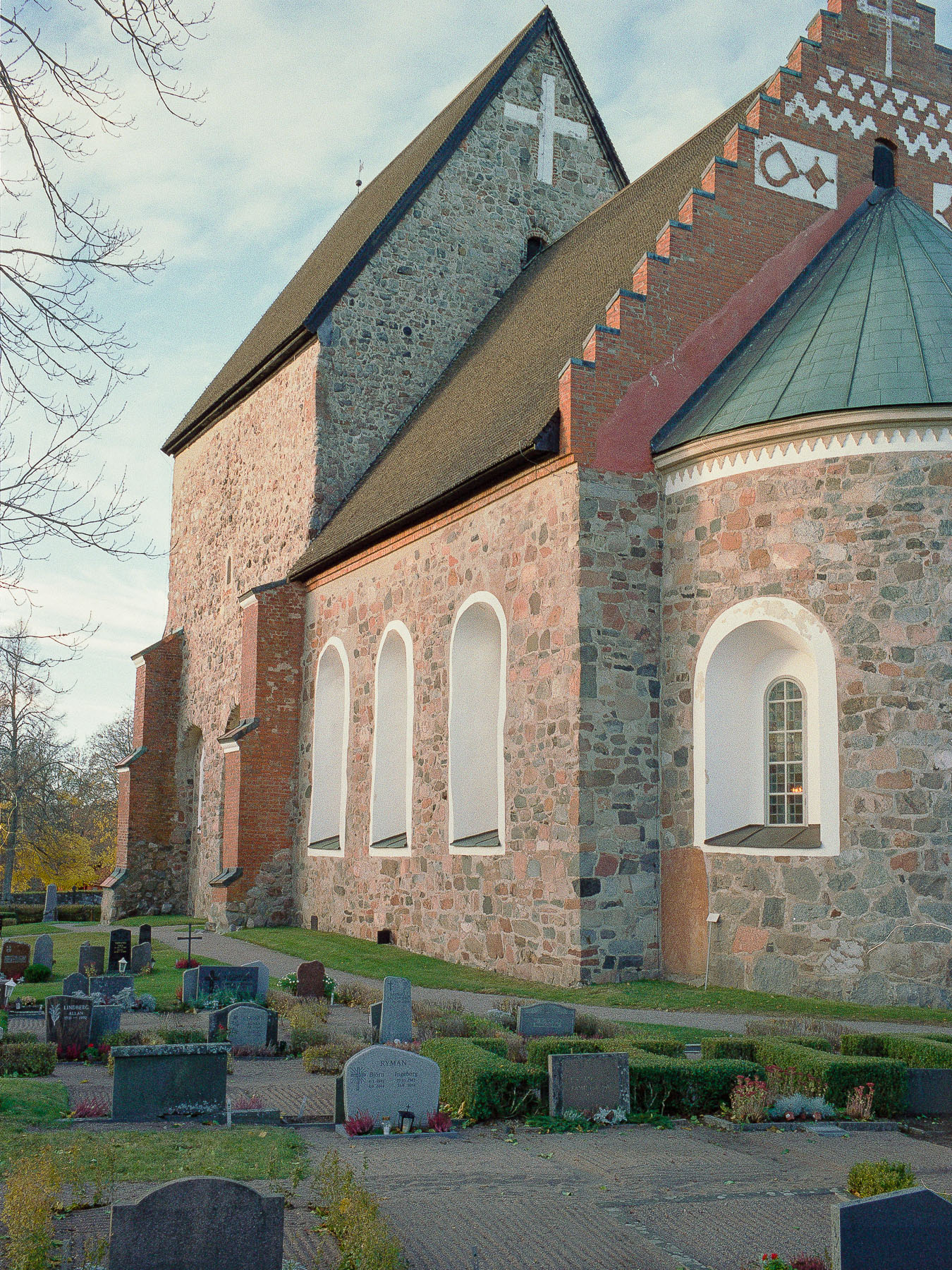
The church form the 12th century is likely built in the same location as an earlier temple.
My plan is to stick with this single lens for the rest of the year on my M4-P. Come new-years I’ll have an even better handle on how it fits me. It’ll be an interesting lens to get to know.
As for Gamla Uppsala, I’m guessing this first visit there won’t be my last. I can’t recommend a visit enough. A truly fascinating place, and I’ve only yet scratched the surface.
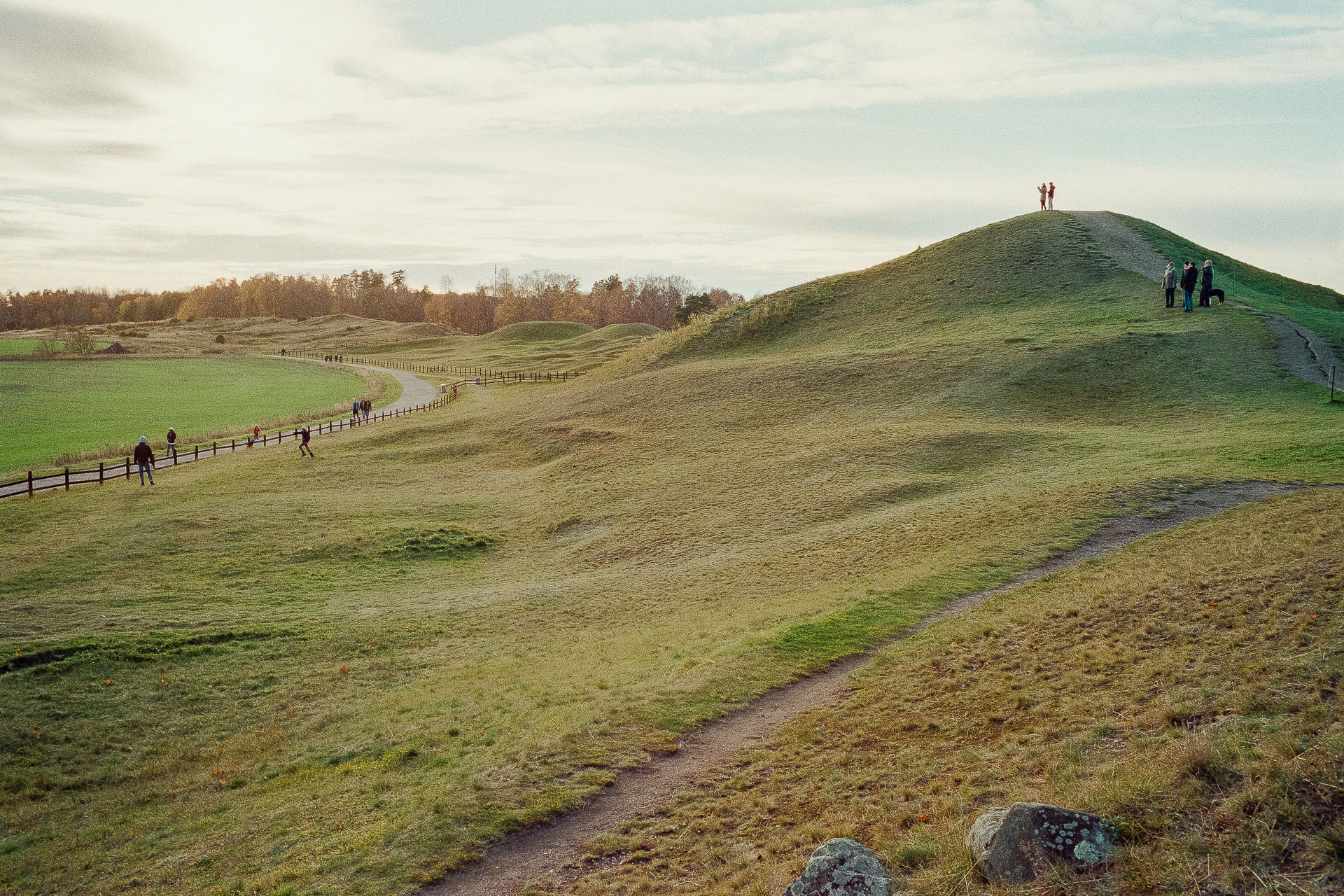
All photos in this post were taken using the Leica M4-P & Summicron 35 ASPH using Fuji Superia 400. Developed by Team Framkallning and scanned using the Plustek 8200i. Exif-data is intact. Open any image in a new window for a closer look.